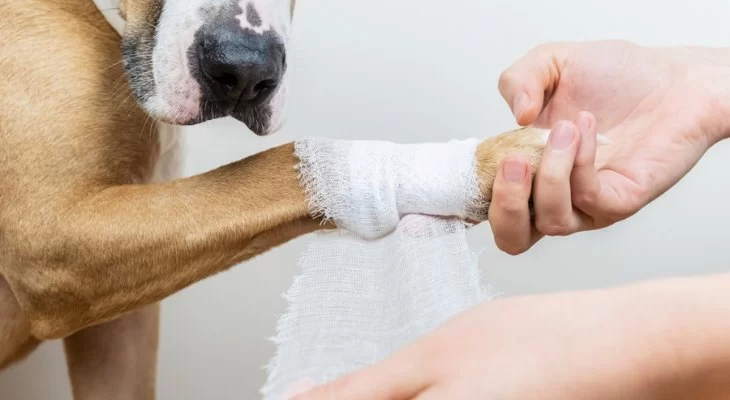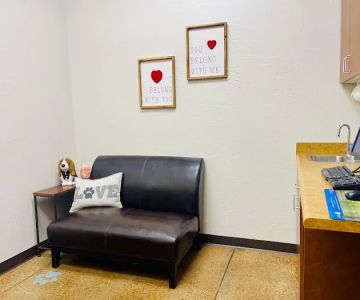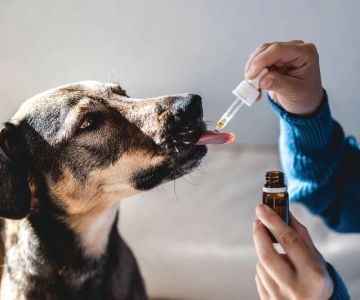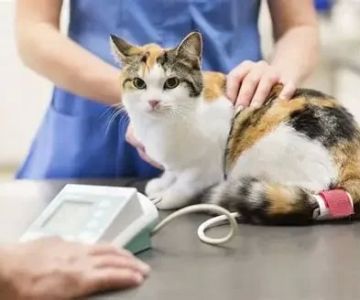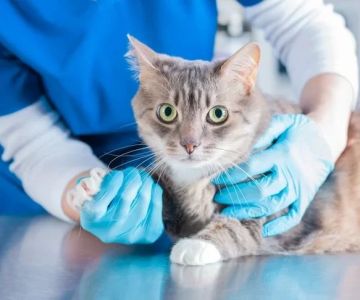- 1- How to Handle Cuts on Pets
- 2- Stopping Bleeding in Pets
- 3- Treating Fractures in Pets
- 4- When to Seek Veterinary Assistance
1. How to Handle Cuts on Pets
Pets, especially active ones, are prone to injuries such as cuts, scrapes, and wounds. It's crucial to respond promptly and appropriately to prevent further harm or infection.
If your pet has a cut, follow these steps:
- Calm Your Pet: Pets can sense stress, so keeping them calm will help you act quickly. Speak softly and try to prevent them from moving too much.
- Assess the Wound: Examine the wound carefully to determine its severity. Is it a minor scrape or a deep cut? If it's a deep cut, you may need professional medical attention.
- Clean the Wound: Gently clean the wound with mild soap and lukewarm water. Avoid using alcohol or hydrogen peroxide as it can irritate the wound and slow down healing.
- Apply a Bandage: If the cut is not too deep, apply a sterile bandage or gauze pad to stop further bleeding. Wrap it loosely so your pet is still comfortable.
If you’re unsure about the severity, always consult a veterinarian. Sometimes, cuts may appear small but can be more serious than they seem.
2. Stopping Bleeding in Pets
Bleeding can be a major concern in pet injuries, especially if the bleeding is not easily controlled. Here's how to handle it:
- Stay Calm: Panic will only make the situation harder for both you and your pet. Try to remain as calm as possible.
- Apply Pressure: Use a clean cloth, gauze, or even your hand to apply gentle pressure to the bleeding area. This will help clot the blood and slow down the flow.
- Elevate the Injured Area: If the injury is on a limb, try to raise it above the level of the heart to reduce blood flow to the area.
- Monitor the Bleeding: Keep pressure on the wound for several minutes and check the bleeding. If it doesn’t stop, or if the bleeding is severe, seek immediate veterinary help.
For severe bleeding, or if you suspect the blood loss is significant, it's important to get to a veterinary clinic as soon as possible. Bleeding can lead to shock if not addressed promptly.
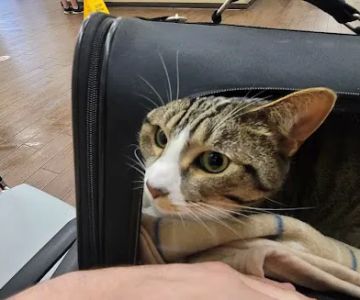
468 Cassat Ave, Jacksonville, FL 32254, USA
See Details3. Treating Fractures in Pets
Fractures are a serious injury that require immediate care. If your pet is limping, yelping in pain, or avoiding putting weight on a limb, they may have a fracture.
Follow these steps for treating a pet with a suspected fracture:
- Restrict Movement: The first step is to prevent your pet from moving around too much. Place them in a safe, quiet space where they can’t further injure themselves.
- Immobilize the Limb: If possible, gently apply a splint to the fractured area. This can be done using a soft material such as a rolled-up towel, but it should be done only if you feel confident.
- Cold Compress: Apply a cold compress to reduce swelling and pain. Be careful not to place ice directly on the skin; wrap it in a cloth first.
- Seek Professional Help: Fractures require professional veterinary care. Your vet will assess the fracture and may perform X-rays to determine the extent of the damage.
In some cases, fractures may be complicated and require surgery or casting to ensure proper healing. Never attempt to treat a fracture without professional help if you're unsure of the injury's severity.
4. When to Seek Veterinary Assistance
Knowing when to seek veterinary assistance is crucial to your pet’s well-being. While many minor injuries can be handled at home, there are times when professional care is necessary.
Here are some signs that indicate you should seek veterinary care immediately:
- Excessive bleeding that doesn’t stop after a few minutes of pressure.
- Deep cuts or puncture wounds that are larger than a few centimeters.
- Fractures, especially if your pet cannot move the affected limb.
- Signs of shock, such as rapid breathing, weakness, or collapse.
- Uncontrolled pain that isn’t alleviated by first aid methods.
In situations like these, don't hesitate to contact your vet. They have the expertise and resources to treat injuries properly, reducing the risk of complications down the line.
Remember, while performing first aid at home can make a difference in stabilizing your pet’s condition, a professional diagnosis and treatment plan are always recommended.
If you're looking for high-quality pet care products, be sure to visit Hidden Brook Veterinary. We offer a wide range of pet health products and services to help you care for your furry friends at home.

